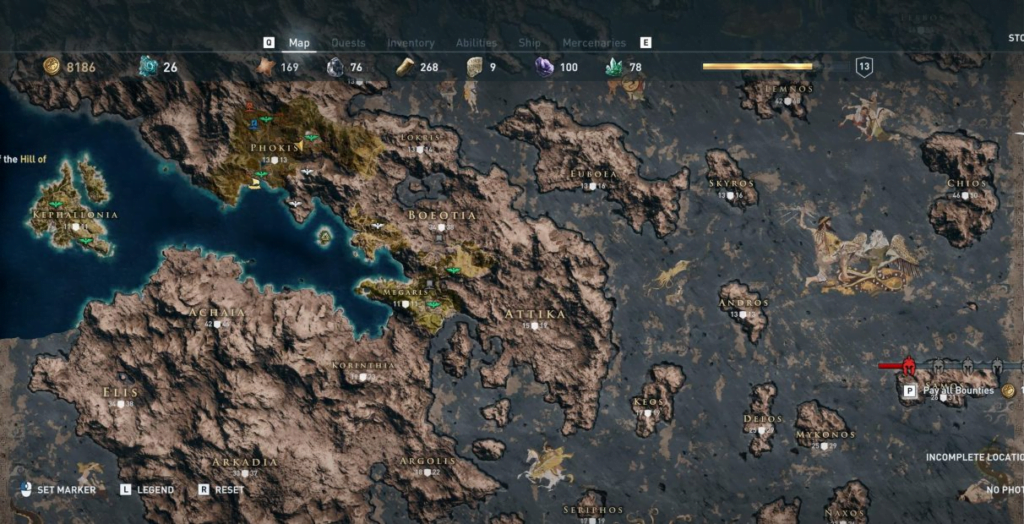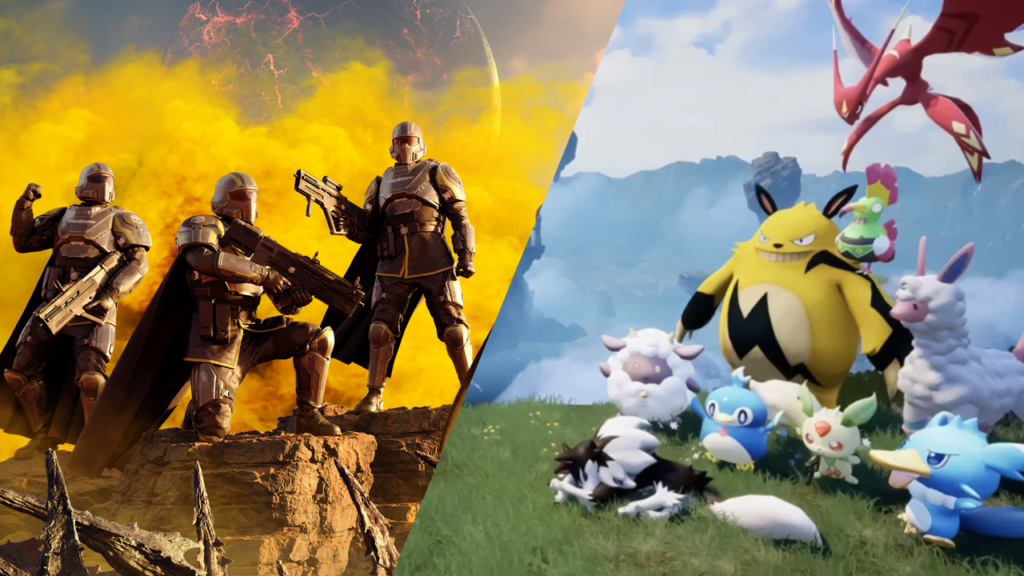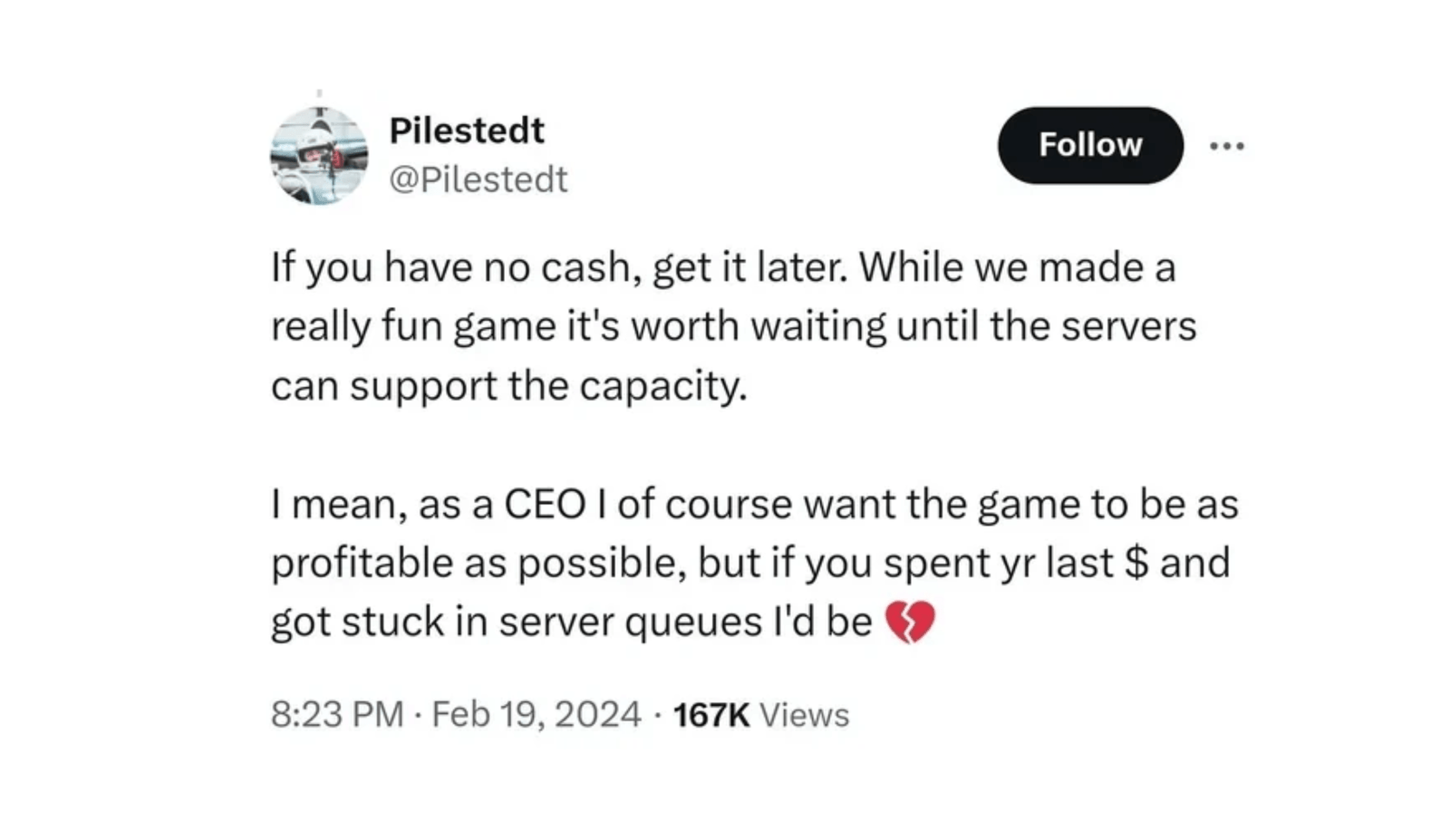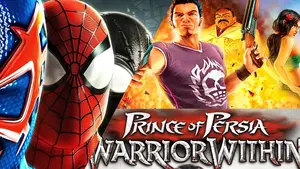Why do modern AAA games suck? Now depending on who you are and when you are reading this, you might think that AAA games don’t suck at all, and if that is the case, more power to you, as long as you enjoy yourself, it’s all that matters. However, a large percentage of gamers nowadays are over 25 years old, whereas the average age of a gamer in the US is 30 years old, according to this majority demographic of gamers, AAA games are now in an age of decline and don’t feel as fun as they used to just a few years back.
There are valid reasons other than nostalgia as to why the modern gamer feels bored or fed up with the new titles, and they are more nuanced than the usual means by which developers improve their games. To clarify, technology and graphics are not the reason, games have only become advanced as far as scale and detail are concerned, i.e., we have worlds the size of planets and galaxies, and almost photorealistic graphics, yet the enthusiasm keeps dying down with every new game.
Why are Modern AAA games getting worse?
Broken Releases

A major issue now with AAA games is that nowadays they are almost always completely unplayable and riddled with bugs come launch day. A first-day patch with a size that rivals that of the base game is not uncommon. Fixing issues in a game post-release title gradually became a common practice after selling solid copies on CDs and DVDs started dying out in 2004 with the release of Half-Life 2 on Steam.
Before digital releases, developers had to ensure that the game was thoroughly tested and had minimal bugs before they could ship it since there were no do-overs. You just couldn’t afford to ship thousands of physical copies with game-breaking bugs and performance issues, which implies a huge focus on rigorous testing.
Modern AAA games often have lofty goals such as creating the next, largest, highly detailed, open-world masterpiece which has to be released as quickly as possible to rake in as much money as possible before the unreasonable expectations and hype, created thanks to the hard work done by the marketing team, dies down. Combine that with the ability to fix games on the fly with huge patches and updates in modern digital releases, and you get the typical modern AAA game, with half-baked systems, crafting or some other mechanic just thrown into the mix because another successful title had it, poorly balanced weapons and game-breaking bugs.
No Man’s Sky
Nowadays, No Man’s Sky has become a good game and has fulfilled many of the promises it made its fans before its release. However, when it was released in August 2016, a lot had gone wrong with the game. No Man’s Sky did not have multiplayer, there were barely any aliens, the procedurally generated planets felt extremely repetitive, and the flora and fauna found on different planets were not so different.
Over the years, it has received dozens of large updates and smaller patches that improved graphics, added multiplayer, base building, and better combat. Nonetheless, No Man’s Sky developers Hello Games did adopt and by extension, commonized the practice of releasing an unfinished game with half-baked systems to fans who then feel cheated, only to then update the game up to the promised standard over the next three to four years.
Admittedly, Hello Games did the right thing eventually and improved the game with all the money they made initially, however, they also ended up solidifying the practice of selling half-baked games in the industry where there is no guarantee that the corporations behind these AAA titles won’t cut and run after a disastrous launch.
Battlefield 2042
A Story similar to most major AAA releases nowadays, Battlefield 2042 was met with a lot of buzz and excitement upon its announcement. However, it faced a lot of problems during its development, experienced developers who had worked in Battlefield 2 and 3 left due to internal disagreements. The frostbite engine that was initially being used was outdated and was then switched to the latest frostbite engine which caused a lot of delays.
DICE was focused on getting the game released on schedule which led to unrealistic deadlines, compromises, and last-minute changes. All of these issues led to a release riddled with bugs, cut content, an unclear progression system, and imbalanced weapons. Now, two years later since its release, Battlefield 2042 has made a comeback as bugs have been fixed, weapons balanced, maps reworked, feedback and class system improved. That said, DICE did the same dirty practice of releasing an unpolished and broken game, angering most of its player base, and then picking up the pieces after facing severe backlash.
Bigger Map, Same Game
In many modern releases, the only change apart from a few smaller tweaks in graphics and gameplay mechanics, is that they have a bigger map, a bigger arsenal, more characters, more cars or boats, and just more content in general. This also ties into the testing issue discussed earlier, that developers would rigorously test their games, not only because there were no do-overs, but also because it was feasible.
Games were smaller in scale back then due to restrictions in hardware capability, so more content could not be and was not inferred as the only metric for ingenuity in the next release. This forced developers to approach their next release with a requirement to change many aspects of the game for the better, not just content, but also, gameplay mechanics, visuals, story, and overall synergy between the different mechanics of the game.

With modern AAA releases, a Terabyte hard disk, which would have been considered overkill not so long ago, is no longer sufficient to keep copies of all the games you’d like to play simultaneously, say over a week. Solid State Drives or SSDs, which used to be a luxury, are nowadays a necessity if you want loading times to feel reasonable.
This is all thanks to developers believing that the key to making a great AAA game is to overwhelm the player’s senses with photorealistic textures, endless areas to explore, and just an endless supply of content. Yet, for most gamers, the majority of their fondest memories are from games that are around five hours long, as each moment of those few hours comprised of well-adjusted, suitable content that felt like it belonged.
Pricing and Monetization
The Corporatization of game development has also led to the detriment of AAA game development. Where not so long ago, games were smaller in scale and could therefore get by without having a whole bureaucracy of middle managers and HR departments. Such smaller teams comprised of only artists and developers would then make decisions to please the player base as the worry of paying a small team was less, allowing the teams to take more risk, and deviate from proven formulae more. Smaller developer teams could therefore more easily innovate and try out new ideas and not have to worry about breaking the bank, risk a studio shutdown, or mass layoffs.
Now, companies have teams with hundreds of developers, working on games with gargantuan amounts of content, and development budgets in the hundreds of millions of dollars. This means that each major release is of the “You bet your company nature”, i.e., a AAA company stands to lose a lot of money, face bankruptcy, and let go of a lot of its workforce.
With projects of such nature and the stakes so high, we see almost all AAA developers take a safe route, i.e., make sequel after sequel, remake after remake, of decades-old franchises, while offering improvements in terms of graphics and scale. Not only do companies keep pushing out annual releases of the same franchise, but also invariably add in micro transactions to milk as much money as possible from the fan base. It is rare to see a game where that does not have a shop for you to spend more money on cosmetics, XP boosts, and items.
As mentioned earlier, scale, content, graphics, and famous voice actors are where AAA game developers focus their money these days, and microtransactions do help add these aspects which improve quality, however, none of this stuff matters if the game is not fun to play. Making a game fun to play, requires innovation at the baseline level and that is a risk that AAA game developers refuse to take and instead rely on sequels and remakes to keep the ball rolling.
Skull and Bones
Marketed as the first quadruple A game, Skull and Bones was listed for $70 on the Ubisoft store on its release date, February 13, 2024, almost a decade after its announcement. Throughout its development, there were a lot of managerial issues with the game, the leadership for the game would often change and experienced developers would often jump ship to work on other projects in Ubisoft or other tech companies.
For years, the developers could not agree on a single vision for what they wanted Skull and Bones to be. Due to the indecisiveness, the game ended up being good at nothing, it lacked the parts that it could have taken from AC Black Flag, such as being able to seamlessly transition between land and ship whenever you want, or good combat and narrative on land, while also not improving the core pirate stuff like boarding ships, docking wherever you want and exploring different areas as there are only specific areas you can dock and explore.
So all in all, Skull and Bones is a collection of mediocre systems that are cobbled together to make a mediocre game that doesn’t excel at anything in particular. In addition to the $70 price tag on a game that is mediocre at best, Ubisoft has also included microtransactions in their supposed AAAA game to cover the losses that stemmed from their mismanagement.
Issues like these are becoming more common in the game development industry as highly ambitious projects that try to do everything, have a very loosely defined vision for the game and poor management over the hundreds of developers onboarded for these massive projects. Circumstances like this rarely lead to smooth development cycles and end up forcing the company to resort to high prices, microtransactions, layoffs, and so on.
What Makes a Good Game?

A good game is not about how big its world is, or how good the graphics are. To put it simply and succinctly, the game has to be fun. Unfortunately, developers are not realizing that bigger is not always better and are instead doubling down on it using technologies like Procedural Generation, giving games the scale of entire planets and galaxies. We have games like Starfield that are far too massive in scale, with procedurally generated planets and points of interest.
Sure, the sheer size and vastness thanks to procedural generation does have a wow factor to it once a player is first exposed to it, but that only causes locations to appear uninteresting and exploration to feel like a chore after a short time. No Man’s Sky is also a game that uses procedural generation to get its 18 quintillion planets, but repetitiveness rears its ugly head sooner rather than later. The issue is that procedural generation to get different terrain, flora, and fauna is feasible, however, procedurally generating a compelling story is not, which ultimately leads to a bland experience in games that use such technology.
Where the greediness and lack of passion from the major AAA developers has lead to the industry’s decline, it has also given the sincere developers like Arrowhead and Pocketpair to show off how it is done. In one year smaller games like Palworld, Enshrouded and Helldivers 2 have broken all records in gaming history and dethroned several major AAA releases. It is important to point out that none of these games have predatory microtransactions and are priced at less than half of what any AAA game would cost.





